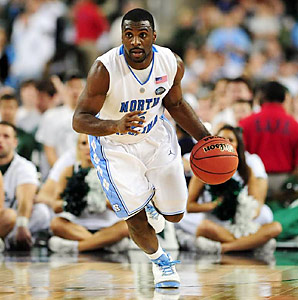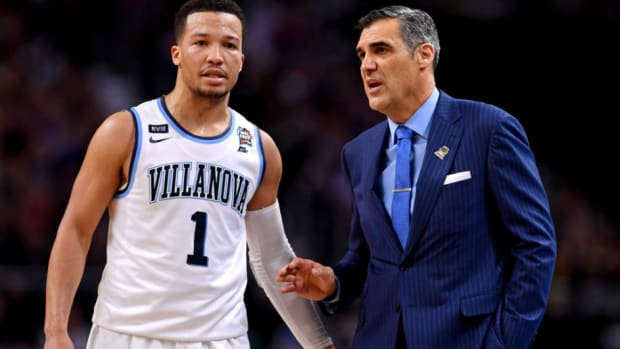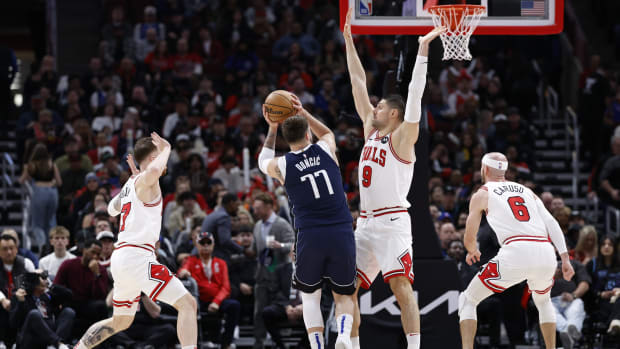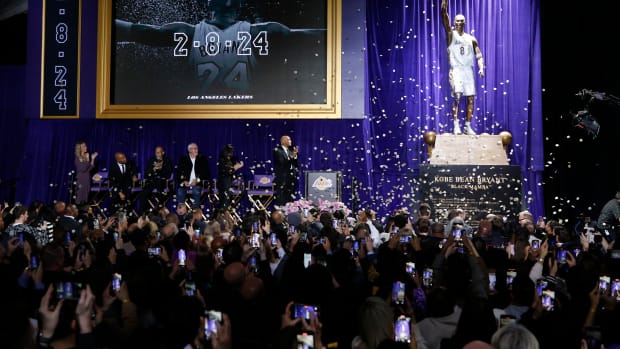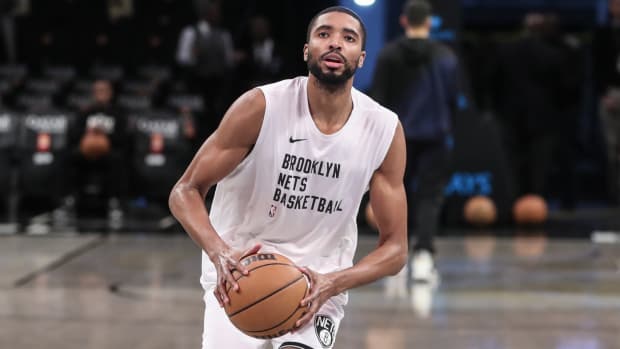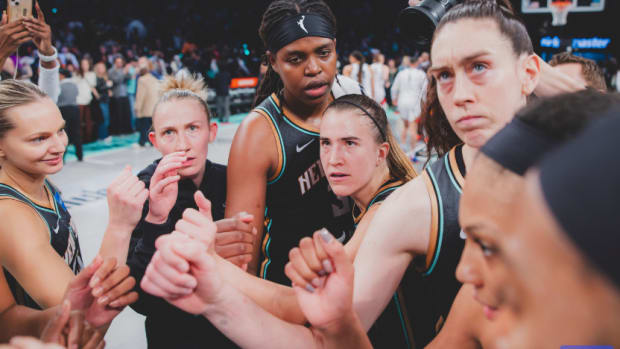Four burning NBA draft questions
While I was at the USA Basketball trials in Colorado Springs, Colo., last week, I asked one NBA scout, "Other than his height [just over 6 feet in shoes], why is Ty Lawson so rarely mentioned as a lottery pick?" The scout's feeling was that plenty of teams looked at Lawson as too much of a product of a transition system, and a weak defender.
The weak-defense part is legitimate -- see what Jeff Teague did to him at Wake Forest on Jan. 11 -- but to label him as a point guard who's only good in transition is inaccurate. Lawson is devastating on the break -- 37.91 percent of his offense came in transition, according to Synergy Sports' scouting database, and at 1.21 points per possession (PPP) on the break, he's the most efficient of any first-round point guard in that regard.
But what happens when we remove Lawson's transition possessions from the equation and look only at half-court situations? Using Synergy's possession-by-possession logs from 2008-09 games, I compared the first-round college point guards' PPP in 1-on-1 situations, shots out of pick-and-rolls, passes out of pick-and-rolls and spot-up shots, and put them in the chart below. (The numbers in parentheses are the percentile these stats would rank in amongst NBA players. Assist-to-turnover ratio is also included as the last category, for reference.)
The numbers indicate that Lawson is the total package: His 1.19 PPP off of pick-and-rolls is better than any other point (save UCLA's Jrue Holiday, whom I've asterisked because he had only 19 pick-and-rolls logged all season, compared to Lawson's 96). Lawson's 1.12 PPP on passes out of pick-and-rolls ranks first among this point guard class, too.
He's also the best spot-up shooter of the group, at 1.20 PPP, even better than Stephen Curry at 1.19 PPP -- and those stats aren't adjusted to reflect the disparity of competition in the ACC and the Southern Conference.
Lawson was the fourth-most efficient in one-on-one situations, at 1.00 PPP, behind only Teague, UCLA's Darren Collison and VCU's Eric Maynor, and significantly better thanHoliday (0.67) orTyreke Evans (0.54). No one was a better decision-maker than Lawson, either: His 3.48-to-1 assist-to-turnover ratio was more than three times better than Evans' or Teague's. I understand the reasoning in drafting athletes such as Evans or Holiday based on potential, but there's a real possibility that Lawson might end up being the best pure floor general to emerge from this draft.
2. Who do the numbers say might be a second-round sleeper?
A league scouting director whom I trust -- partly because he insisted that UCLA's Luc Richard Mbah a Moute was the biggest second-round sleeper last year, even though this scout's team didn't get him -- told me last week to watch out for Miami's Jack McClinton. He's an undersized shooting guard (just under 6-1 in shoes), but there are teams that believe he can become an instant-offense guy off the bench, somewhat like Eddie House has provided for the Celtics.
I used Synergy's data to look at how complete a scorer McClinton was last season compared to other shooting/combo guards in the draft, breaking down the chart into five categories: PPP on guarded catch-and-shoot situations, PPP on unguarded catch-and-shoot situations, shots off the dribble, shots taken off screens and shots in one-on-one situations.
There's some evidence here that McClinton is a legit prospect, if he can overcome his lack of height. He's by far the best catch-and-shoot prospect in unguarded situations, at 1.80 PPP. On a roster with a star who consistently draws help on drives, McClinton could play a valuable role by merely spreading out defenses and knocking down wide-open threes. He's no slouch in guarded catch-and-shoot situations, either, ranking fourth in that group at 1.07 PPP. (The best contested shooter is North Carolina's Wayne Ellington, at 1.31 PPP, and that fact may help him get a first-round contract.)
What sets McClinton apart from the rest of this group is his ability to efficiently create his own shot, as he's the only player above 1.00 PPP in shots taken off the dribble or in one-on-one situations -- meaning defenses will have to respect his driving ability on the perimeter.
3. James Harden doesn't look great in that previous chart. Does he have bust potential?
The fact that Harden is a subpar contested shooter should be a cause for concern, as well as his lack of shot efficiency in one-on-one situations. His reputation as a scorer somewhat exceeds his actual skills as a long-range threat. But one metric not on that chart that a lot of NBA teams like is Harden's ability to get to the free-throw line. He does it at an incredible rate, and it's a testament to his driving ability. Very few teams were able to keep him out of the lane last season.
The chart below shows the top 10 draft-eligible players in free-throw attempts per 40 minutes, pace-adjusted:
It's amazing to think that Harden was fouled at a rate closeTyler Hansbrough's last season. Other draft-eligible guards who are near Harden's level are Curry (8.2) and Teague (7.9).
If you're looking for a more likely perimeter bust in the first round, Chase Budinger could be your guy. He doesn't have stellar shooting numbers, isn't an efficient creator off the dribble and gets to the free-throw line only 4.9 times per 40 minutes (pace-adjusted). Combine that with his lack of defensive skills, and you could be looking at a soon-to-be NBDL player.
4. It's a weak draft, but who's a sure thing in the middle of the first round?
As long as you're not worried about DeJuan Blair's knees -- and I've had a few NBA scouts tell me they're not too concerned about repeat ACL tears -- the Pitt power forward is a solid pick.
During the Big East tournament, I used numbers to establish that Blair was probably the best offensive rebounder of the decade in college basketball, and he's by far the best offensive rebounder in this draft. After Hasheem Thabeet (and his 7-6 shot-swatting wingspan) is off the board, Blair is the next-best thing -- and a better bet than Arizona's Jordan Hill.
Here's how Blair's rebounding numbers -- per 40 minutes, pace-adjusted -- stack up against other high-profile big men in this draft:
Here's how Blair's rebounding numbers stack up against the stats of quality big men (from their final college year) in the past three drafts:
Blair is as good a defensive rebounder as Love and Beasley, both top-five picks from last year's loaded draft. Only Millsap, who turned out to be a huge second-round score for the Jazz, came close to Blair's numbers on the offensive glass -- and Millsap was playing in the WAC, not the Big East. Blair may be a bit one-dimensional, as his offensive game away from the basket is extremely limited, but he's a lock to be a high-volume rebounder as a pro. In this year's talent pool, that's more than worth a pick in the 10-15 range.






























